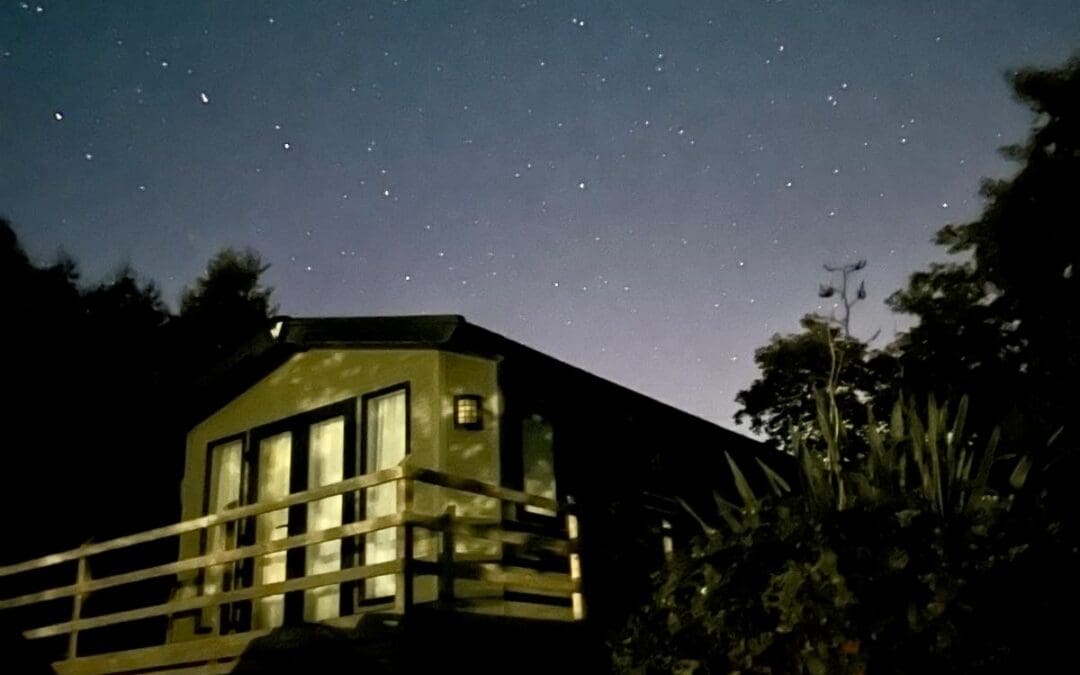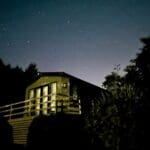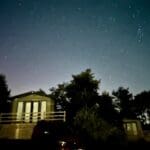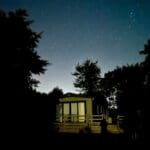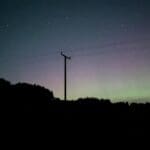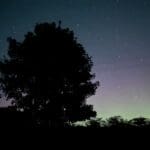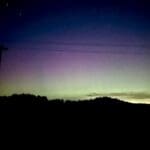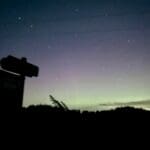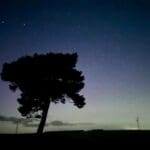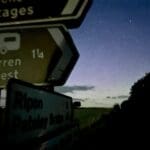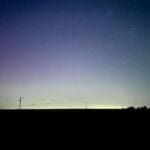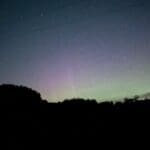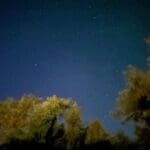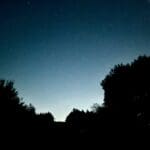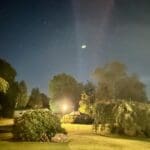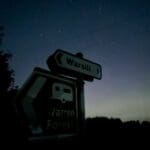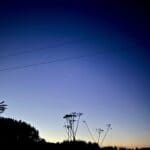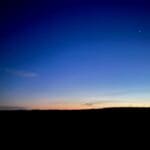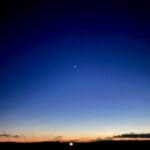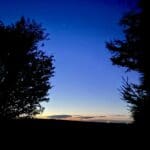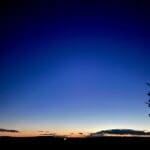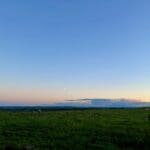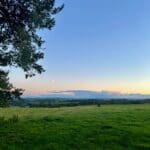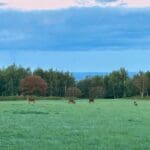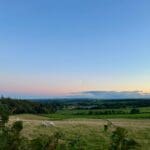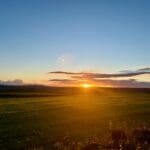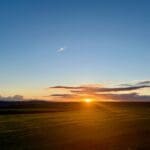The dark skies of Nidderdale AONB are some of the most beautiful and darkest in the country. Not many places are truly dark anymore and this is one of the things that makes this area such a special place. Being free from light pollution it is the perfect place for stargazing.
The following information is available on the website daleaonb.org.uk/special-qualities/dark-skies/
Where should I go?
You can get amazing views of the night sky pretty much anywhere in the AONB but the more remote you are, and further away from light sources, the better. One third of Nidderdale AONB is open moorland with no light pollution and uninterrupted views of the night sky, and there are four official Dark Sky Discovery Sites.
What can I see?
On a clear night the sky will be filled with thousands of stars but if you look carefully you could also see the Milky Way, the planets and the moon. If you are really lucky you might even see shooting stars or the northern lights.
You don’t need fancy equipment to see an amazing array of stars – you can see a lot of stars and even the Milky Way with the naked eye or a pair of binoculars – so why not give stargazing a go!
When’s the best time to look?
Depending on the time of year or direction you are looking in different things will be visible. In high summer the sky doesn’t usually get dark enough so the best time for stargazing is from mid-August through to early May.
Dark Sky Discovery Sites
There are four official Dark Sky Discovery Sites in Nidderdale AONB and these are great places to start your stargazing adventure. These locations are officially recognised as excellent places to stargaze and are open to the public, have car parking and are accessible for people of all abilities.
- Toft Gate Lime Kiln
- Scar House Reservoir
- Fewston Reservoir
- Thruscross Reservoir
The Lime Tree Observatory provides a fantastic opportunity to view the night sky through a professional telescope with the help of experts. Although not freely open to the public, it can be booked for groups and regular events are held throughout the year, details of which can be found on our events page.
Look out for:
Northern Lights (aurora borealis): This naturally occurring phenomenon gives a stunning light display in the sky and is probably top of the list for any astronomer. It is incredibly difficult to predict any further in advance than about two hours before it happens. AuroraWatchUK can predict when it might be possible to see the Northern Lights. You can visit their website online, follow them on Twitter or download an app for your phone.
Meteors: The Perseid Metor shower occurs each year between July 17 and August 24, peaking around 9-13 August. It is one of the brighter meteor showers of the year and at its peak, hundreds of meteors an hour can be seen.
Moon: The skies are at their darkest at the time of the New Moon – two weeks after a Full Moon. However, the Moon itself is a great object to take a closer look at, especially when its full. Time and Date website has details of when the phases of the Moon will occur.
International Space Station: The ISS orbits the earth every 90 minutes and will often pass you overhead throughout the year. It is the third brightest object in the sky and if you know when to look it’s easy to spot. It can be seen with the naked eye and looks like a fast moving aeroplane, only travelling much faster and much higher. To find out when you might see it in your location, visit the Nasa website.
I hope you enjoy our photographs collected over the past couple of weeks!
